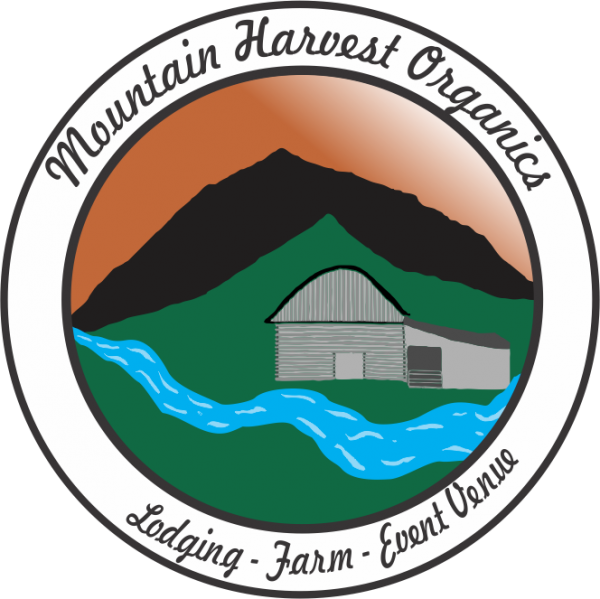Projects, Winter Stash, WP Migration
We’re addicted to smokin’
|
Some might think I mean the cash crop, but after our most recent endeavor we have such an appreciation for what our forefathers have done in hot smoking meat creating incredible flavors. We just smoked a couple 20 lb hams, using a Sorghum Glaze, and the flavor is AMAZING! We now have on our “To Do” list to smoke: Ham Hocks, Hog Sidemeat (bacon) and a chicken. I’m thinking like most of you readers… That we already have enough on our “To Do” list so why add more? The answer… Just because we can and do.
|
|
We are putting our lives in the hands of Michael Ruhlman and Brian Polcyn, the authors who wrote “Charcuterie”, because the FDA and USDA have us believing that proper preservation is essential in preventing death from botulism, so we are using the author’s recipe for curing and smoking. Prior to smoking the meat, we are using the “wet curing” technique for preserving our hams, as apposed to “dry curing” which would have required us to hang the hams at 60 degrees in a humidity controlled environment for a minimum of 3 months (most hams are cured for a year). We don’t have any storage area this time of the year at the recommended temperature and humidity level required for dry curing.
|
|
We picked up Peter, Paul and Mary Monday the week of Thanksgiving (11/22) and the butcher left a couple 20 lb hams unfrozen for us so we stored them in our walk-in cooler on ice until the Sunday after Thanksgiving. That Sunday (11/28) we de-boned the hams, made a brine solution for the hams, then soaked the hams in this brine solution for 12 days (until 12/10).
|
  |
|
Our “Wet Cure” brine uses pink salt and I am not super comfortable using pink salt but don’t know enough about curing meats yet to know if it is necessary. Apparently it prevents botulism and gives the meat a nice good color. Cure #1 contains salt and sodium nitrite. Apparently, from what I have read, it has less sodium nitrite than spinach. I just wonder the source for this sodium nitrite. I trust consuming this when it is naturally produced in vegetables but not necessarily a source that has been manufactured. I do know that the USDA does not recommend canning beans the way my grandmother did and none of her canned goods ever made her sick. Our food safety rules are getting tougher and tougher yet our population is very unhealthy. Some believe we are more concerned about “Food Safety” rather than “Healthy Food” which is a topic for another day. For now we will continue to use pink salt until I have enough time to research this subject.
  |
|
During the “wet curing” phase of this project, we turned the hams each day, hoping to ensure that the brine would permeate the entire ham. The book we are using recommends “wet curing” meat for a half day per pound of meat. We think our hams should have been cured in the brine for a few more days, perhaps due to their size, because when cutting the ham for freezing Carl noticed that the center of the ham was a different color than the rest indicating that the brine had not fully penetrated the ham. Our conclusion is that, for a 20 lb ham, it should be “wet cured” 1 day per lb of ham.Interesting link to the history of foods but not sure who authored this nor if the information is accurate.
|
 Sunday we assembled the smoker that Carl built underneath our barn shed. We had hopes of smoking the hams outside near the pizza oven but because it was snowing and windy we had no choice but to smoke in the barn. It is not such a brilliant idea to be burning open fires in the barn which is why we stayed with it the entire time. We put the smoker on top of some half cinder blocks to keep the wood off the ground then built a small fire in a little hibachi grill inside the smoker with the goal at keeping the temperature in the smoker around 200 degrees. According to what we have read hot smoking requires only 2 hours of cooking time at 200 degrees. (For the record: smoked on 12/12)
   We began smoking mid afternoon around 1 PM and finished smoking around 10 PM when it just got too unbearably cold to be sitting outside. We just couldn’t keep the smoker at a constant 200 degrees. Our smoker would go from 160 to 210 within a 15 minute period! I now have a new appreciation for thermostats. On the farm…. We have thermostats in our ovens, our home heaters, the greenhouses, walk-in coolers, ice machine, tractors, vehicles, etc. I am certain I am missing a few thermostats on our farm.Here are the folks believed to have invented the thermostat who I pay honor to today by toasting a glass of wine: (My source and not sure how accurate is.)
-Warren Johnson in 1883 -Albert Buzz in 1885 -Cornelius Drebbel in the early 17th century -Sir Edmond Halley(of the famous Halley’s Comet) Around 7 PM we began glazing our ham with a Sorghum Glaze. Sorghum is a traditional sugar produced here in the mountains and our sorghum was made by Doubletree Farm who makes the tastiest sorghum we have ever had! THANKS DOUBLE TREE FARM! Our glaze recipe we used was: 2 cups organic sugar, 3/4 cup sorghum, 12 oz of Dijon mustard, a couple tablespoons of apple cider vinegar to clean out the mustard jar and 1 bulb of pressed garlic. (I used our Musik garlic which is our largest bulbs.)
  |
